RUF's Newest Cars Represent Decades of Progress
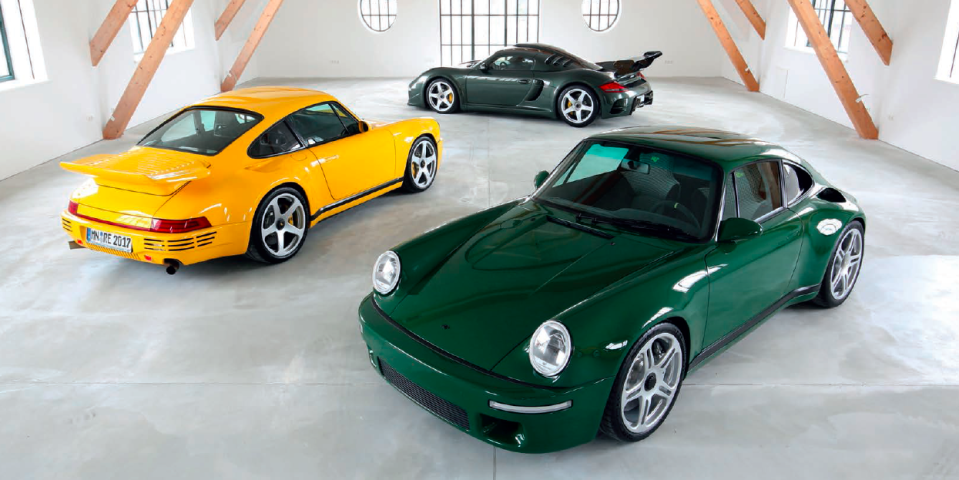
Alois Ruf can point to the specific moment in his life that helped define the sort of cars he builds to this day.
"When I was 13 and my family had our first Porsche 356, I heard the sound of a 901 prototype going by on the Autobahn," he told me at the 2018 Geneva Motor Show. "It was like I was hypnotized. Just hearing the sound of that motor-that did it.
"And it's still doing it. I've always followed that path."
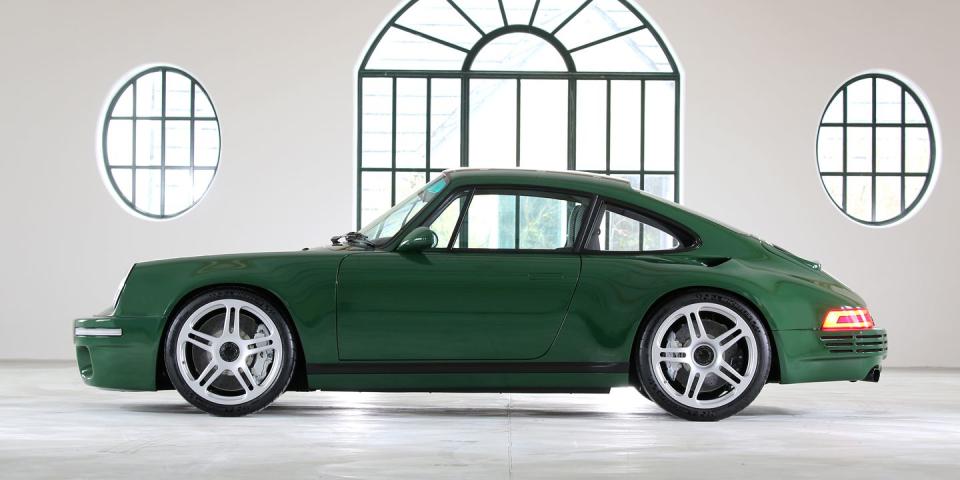
That was in April 1964, when Porsche was testing the prototypes that would become the 911. Today, Ruf is still focused on that car. Well, his version of that car.
I say “his version,” because the latest cars to come out of RUF (the automaker named after the man) may look like Porsche 911s. They’re not. The CTR (shown above in yellow) that debuted in 2017, and the SCR (in green) that was unveiled this year, are carbon-fiber-chassis vehicles of Ruf’s conception, the next step in Ruf’s never-ending quest to perfect what Porsche started with the 911.
RUF began as an automotive repair garage founded by Alois Ruf Sr. back in 1939, predating Porsche by about a decade. Alois Jr. took over the company in 1974 when his father died, changing its focus to modifying the Porsche 911. RUF's first model, a tuned 911 Turbo, appeared in 1975. The first SCR, a heavily reworked 911 SC, appeared in 1978.
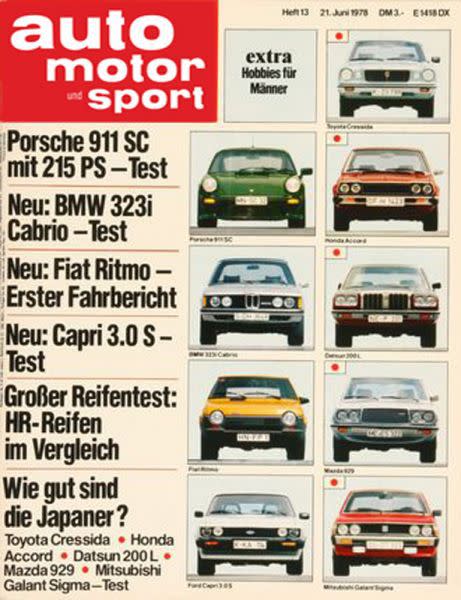
Ruf is nostalgic for the original SCR, pulling out an original copy of Auto Motor Und Sport with his "Porsche 911 SC Mit 215 PS" on the cover. He's proud of the magazine's instrumented testing, too, which found the 215-hp naturally aspirated SCR to be faster flat-out than than all 911s except the then-new 3.3-liter 930 Turbo.
The SCR was created in response to rumors of the 911’s imminent demise. In the early 1970s, Porsche CEO Ernst Fuhrmann didn't think the model had much life left in it, so he kick-started development of a new, more modern car, the 928. Figuring the 928 wouldn’t be ready for a number of years, Fuhrmann authorized a handful of high-performance 911 variants, like the original Turbo. Eventually, he figured, the 911's time would end. The last special-edition was set to be the 1978 SC.
Of course, we know now that Fuhrmann's successor, American Peter Schutz, would save the 911 in 1981. But until Schutz came around, Porsche was devoting less time to its rear-engined sports car to focus on the 928. This created an opportunity for RUF.
"In 1978, there was a nervousness among Porsche drivers," Ruf told me. They asked him, "What am I going to do?" Porsche wanted them to buy 928s instead. People asked Ruf, "Can you build me a car in five years?"
Ruf realized there was an appetite for Porsche's rear-engine sports car, and that if the company wasn't going to fulfill enthusiast desires for a better and faster 911, he could.
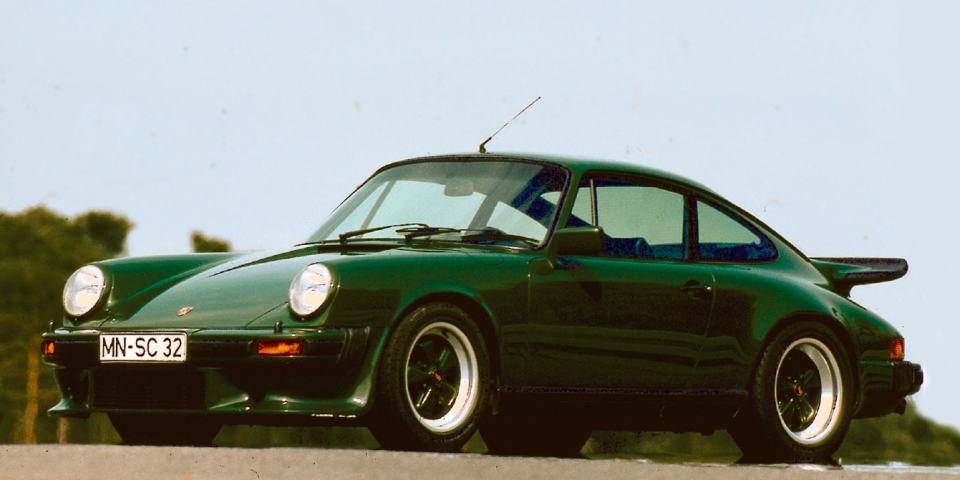
The RUF SCR (for "Sports Carrera RUF") was a reflection of this. Displacement was bumped from 3.0 liters to 3.2, which boosted power from 180 to 217 hp. It took six years for Porsche to offer a naturally aspirated 3.2-liter with the same power output. RUF played with the aerodynamics, too, fitting a big front splitter and a whale tail on the engine lid.
The results of RUF's modifications, per Auto Motor und Sport, were a 0-62 mph time of 5.7 seconds and a 159-mph top speed. This made the SCR a second quicker and 20 mph faster than the 911 SC it started life as. "Power, everywhere you step," exclaimed the German magazine, as translated on RUF's website.
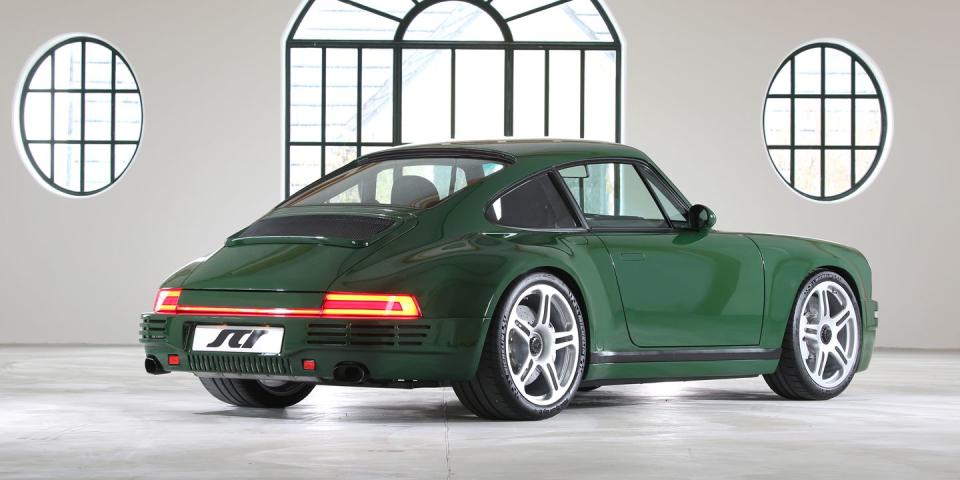
From a philosophical perspective, the new SCR is almost the same as that car from 1978. Ruf, accompanied by legendary designer and R-Gruppe founder Freeman Thomas, broke it down for me at Geneva.
In his cars, Ruf takes a few core elements of the original 911-the rear-mounted flat-six, the simple silhouette and compact dimensions, the functional interior, the driver's seating position and excellent visibility-and builds everything else up around that. He's essentially working with what he believes Porsche got right from the start, and improving the rest, stripping the 911 to its essence and building a car around that.
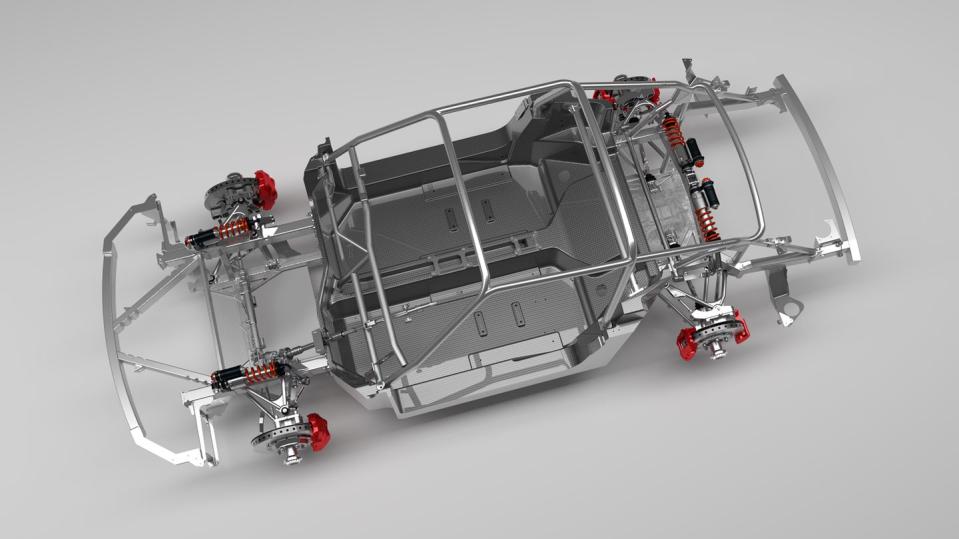
In the 1980s, that meant fitting 911s with things like twin turbos and five-speed gearboxes years before they appeared in the factory 911 Turbo. Now, that means a fully custom carbon chassis and pushrod suspension, among other things. As Ruf puts it, he's combining the traditional look of the 911 with the best components available today.
"The car feels modern, but at the same time, it feels light. It gives you the feeling of the simplicity of a go-kart," Ruf said
Thomas says that by starting with familiar elements, RUF's new chassis makes the perfect platform for a modern supercar. The excellent visibility that set the original 911 apart from the crowd is present in RUF's new CTR and SCR, making these performance machines more accessible.
"You can drive it shopping, you can park it in a parking garage," he says. "I'm not intimidated by traffic. I could teach my child to drive in this car."
Thomas realized that the visibility was crucial early on in development of today's CTR, in conversations with RUF test driver Stefan Roser. Or as you might know him, the guy who slid the Yellowbird around the Nurburgring like a complete madman back in 1987, creating the first viral car video long before we started using disease metaphors to describe such things.
Roser told Thomas, "in a newer car, the A-pillars are so far forward, they block the apex. Whereas, you start moving the A pillars back, my head is forward, and when I'm in a corner, I have complete visibility."
"That makes it so he can drive faster, quicker and with better control," Thomas said.
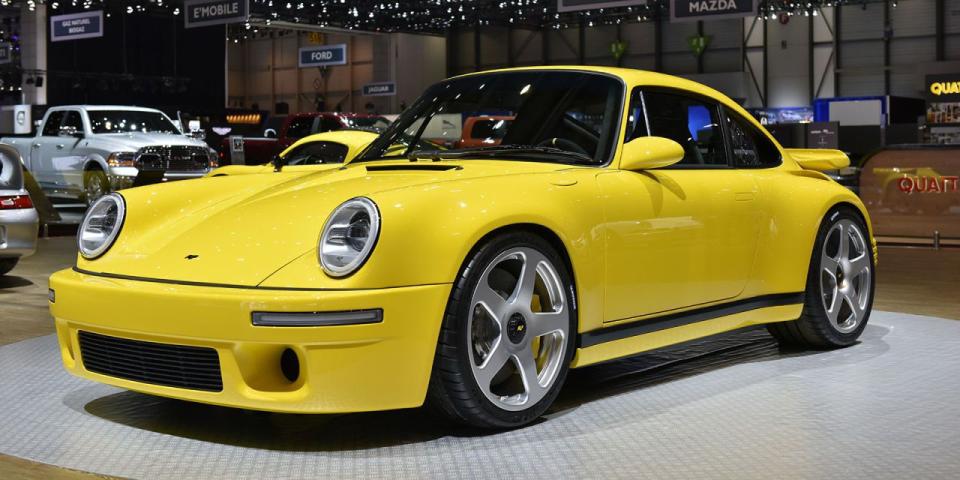
It's an interesting take on the modern supercar, and one that makes RUF stand out from the crowd.
"Life is irrational, our desires are irrational, and that car is irrational," Thomas said. "But yet it is rational. It ends up being one of the best everyday supercars because with most others, you're not going to have that kind of visibility, or that maneuverability, and that kind of performance."
Walking around the Geneva Motor Show, the difference becomes stark. Where the show hall is filled with all sorts of wild, pointy, angry things with tiny windows and crazy aerodynamics, the little green RUF looks unassuming. Out on the road, most people would probably just think it's a clean old 911, not realizing that its power-to-weight ratio compares favorably to a McLaren 570S.

The SCR and CTR also represent the result of Ruf's decades of work. To keep pushing his ideas forward, building upon pre-existing platforms simply wasn't enough. This bespoke chassis gives him the freedom to build a car with modern performance capabilities, without sacrificing what made the original Porsche 911 so great.
"This car is really a testament of everything that Ruf has learned since the Yellowbird," Thomas said. "I've never seen him happier with a car."
Ruf has always had a clear idea of what he wants from a car-his work to this day is constant refinement of that original idea. He's still following the path presented to him by a serendipitous encounter with a 901 prototype all the way back in April 1964.
You Might Also Like

 Yahoo Autos
Yahoo Autos 